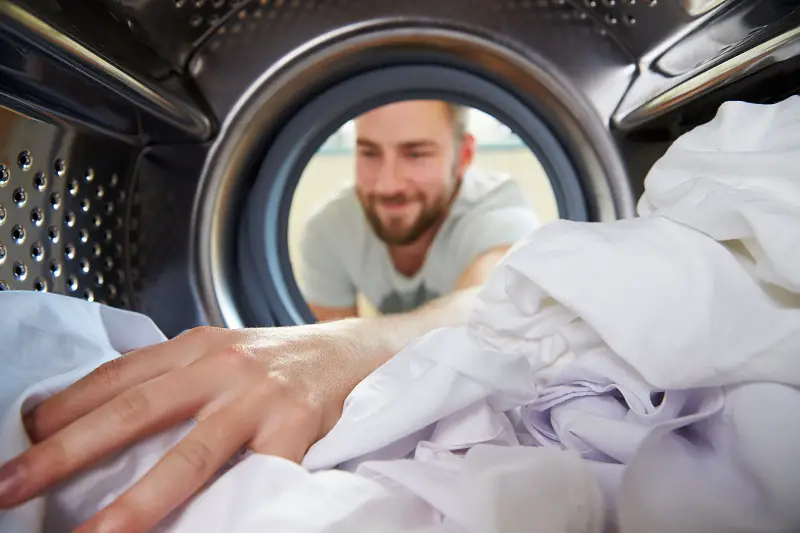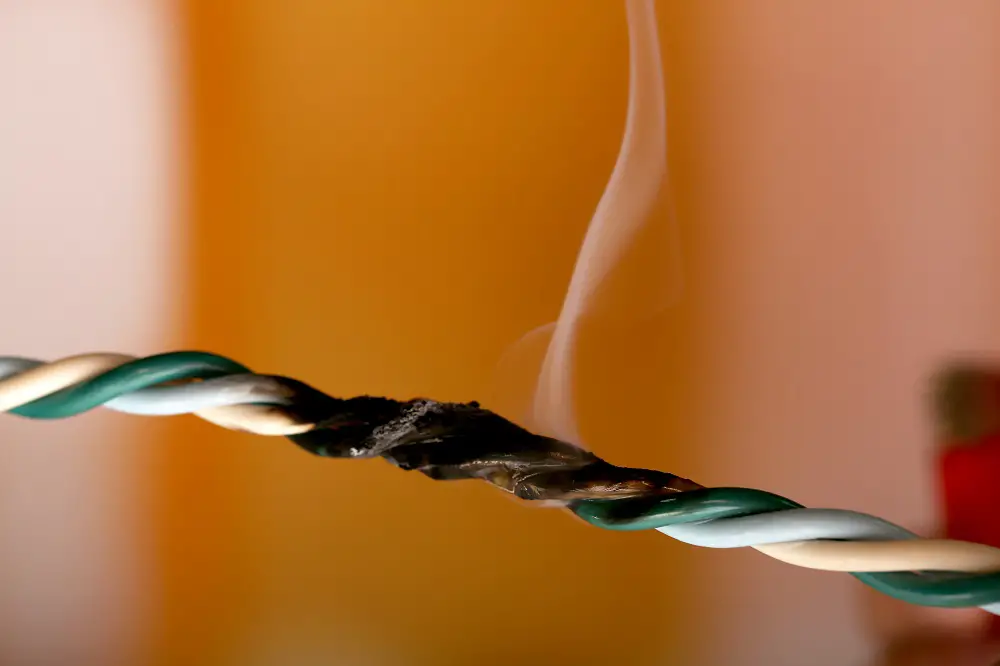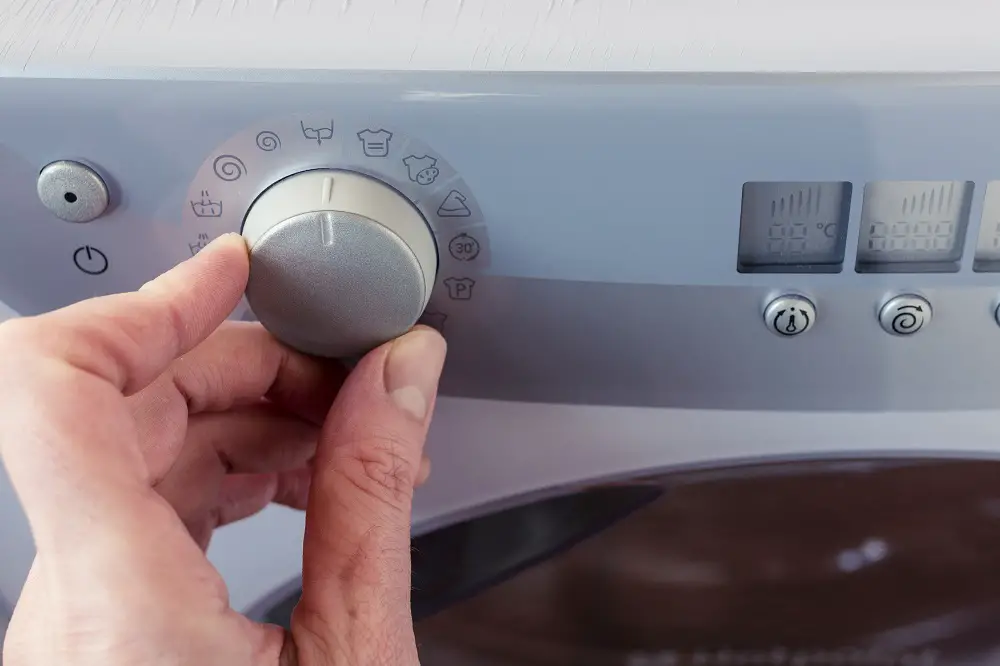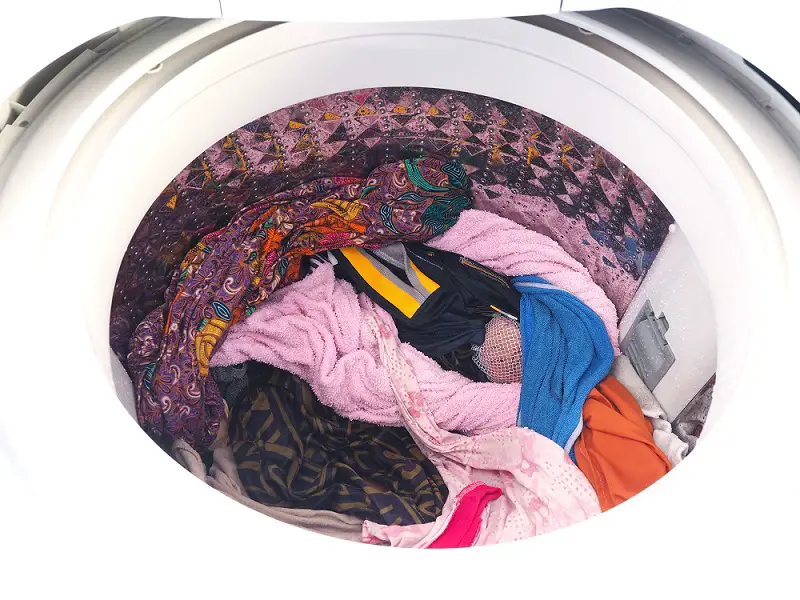A portable dryer is a compact electric dryer that is an excellent option for those living in apartments without hookups.
While washer-dryer combos are a feasible option for an in-unit laundry without washer and dryer hookups, if you’re using a separate portable washing machine and dryer, at some point, you might wonder, ‘Can portable dryers use regular hook-ups?’
Since these compact electric dryers need only a power outlet and venting system, you can easily use them with regular hook-ups.
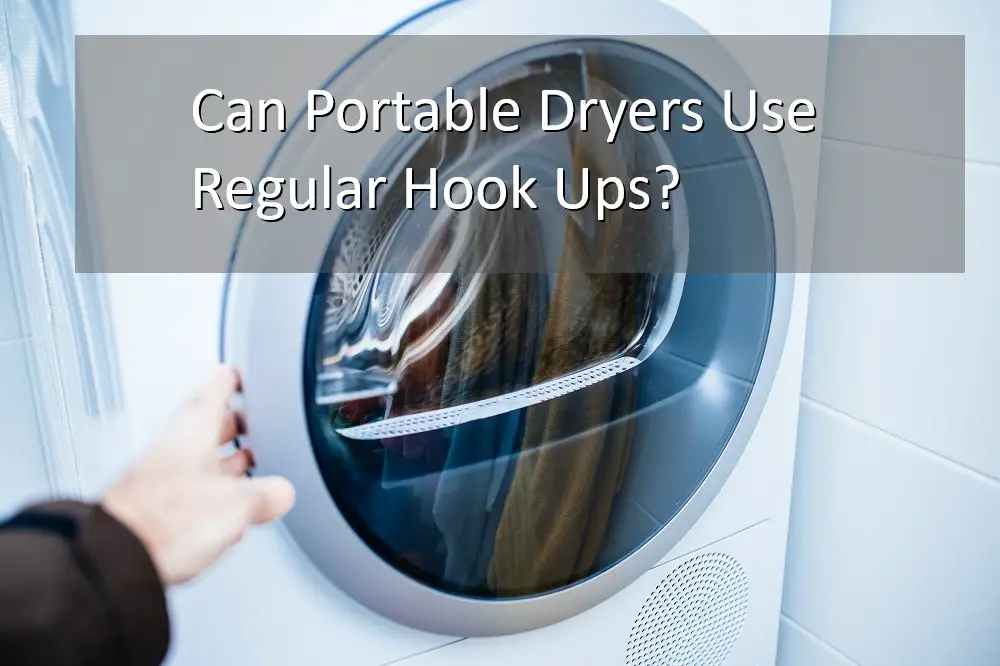
Table of Contents
Portable Dryers Can Use Regular Hook-Ups
Compact dryers only need a power supply and a venting provision.
They are much easier to install than portable washing machines that might require a hot and cold water supply, a drain provision, and a power supply.
Portable Dryer Hook-Up: Outlet Problems
The power outlet could be an issue when using a portable dryer with regular hook-ups because Regular dryers often require a 240 V supply and can’t be used on the 120 V supply most US homes have.
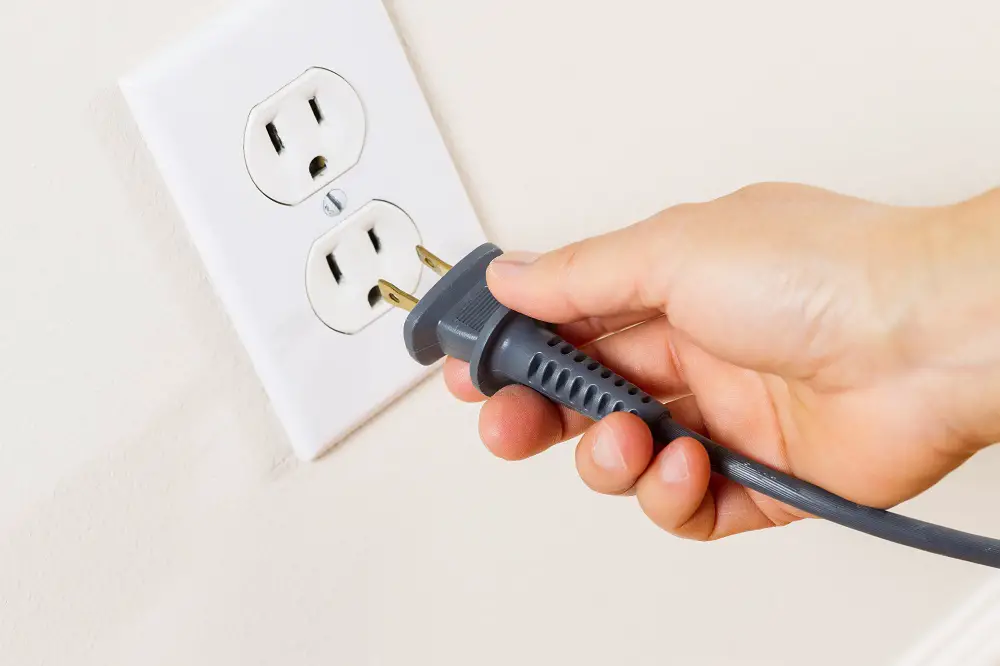
The three-wire, split-phase 240 V supply is for larger appliances (like 240 V dryers) and isn’t as commonplace in a home.
Portable dryers come as 120 V or 240 V dryers.
The 120 V dryers are less powerful and can safely run off a standard household circuit. However, the 240 V portable dryers should not be run on a 120 V circuit. It could lead to electrical problems and damage the dryer.
Safe Alternatives
If you have a 240 V dryer circuit, but don’t have the appropriate outlet to use it, consider using a four-prong to three-prong dryer adapter or a three-prong to four-prong dryer adapter for a simple and safe operation.
Suppose you decide to convert the outlet as a DIY project; you’ll want to switch off the breaker at the fuse board first and ensure the cables aren’t live before you start working on them.
Portable Dryer Hook-Up: Venting Problems
Most dryers, portable or regular, need venting. Unless you have a dedicated laundry room, you’ll need to look into alternatives for how to set up a dryer vent.
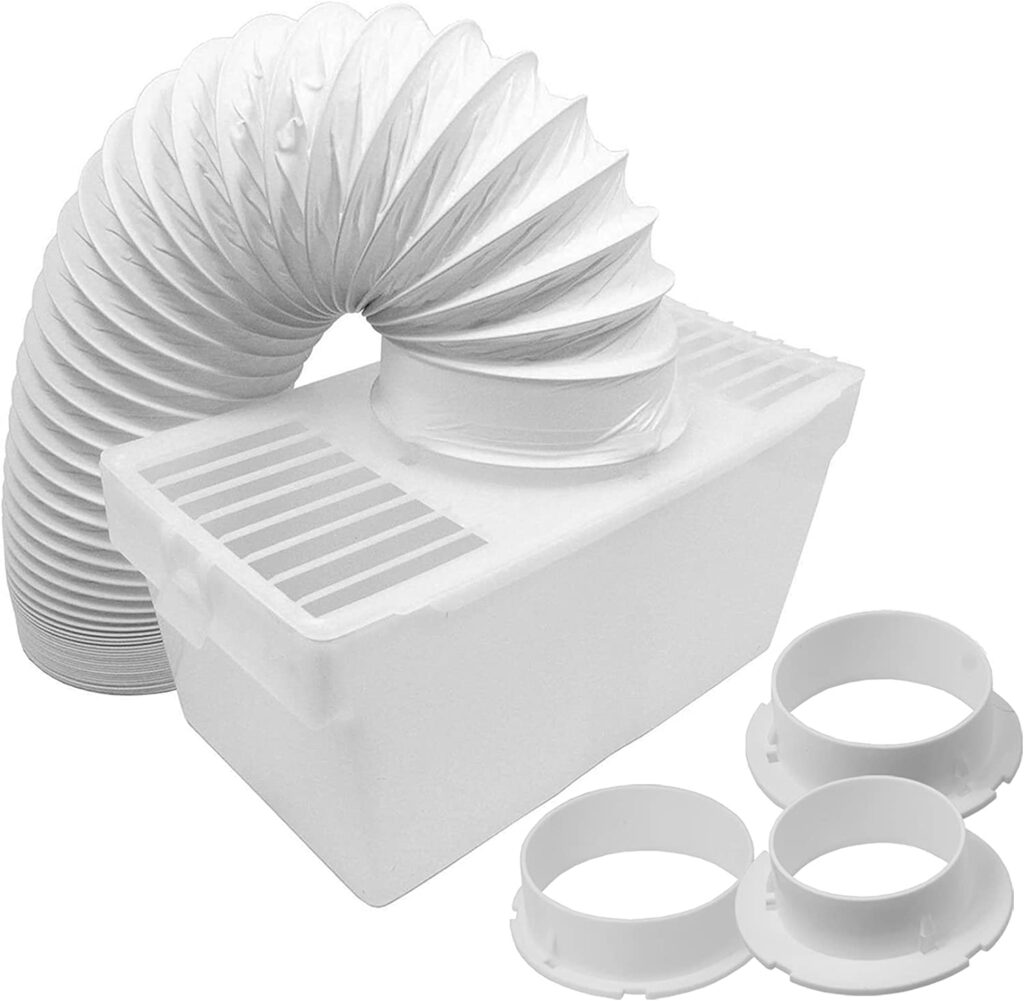
While gas dryers and vented dryers must be mandatorily vented to avoid health and fire hazards, here are some alternatives you could consider:
- Use a good condenser box to transform a vented or tumble dryer into a condenser type.
It helps prevent your space from getting overly hot and humid (which could lead to mold problems). - Open all the windows and doors for sufficient room ventilation.
There is the drawback of moisture buildup leading to mold in the long run.
4 Steps to Check Before Buying a Portable Dryer
To be on the safer side of being able to use your portable dryer with regular hook-ups, here are a few things you’ll need to check before buying one.
1. Check the Dryer Voltage
Since portable dryers come with 120 V or 240 V requirements, it’s best to check the dryer voltage first. You wouldn’t want to buy one that won’t work in your house (as it may need you to modify it or your home’s electrical system).
Here are some ways to check the dryer voltage:
- Check the label on the back of the dryer for voltage and amps, among other details.
- Search online for the specific model.
- Check the dryer outlet – if it’s a three or four-prong outlet (which isn’t the standard household outlet), the chances are it requires 240 V.
- Check the breaker size – if it’s a 30 A breaker, the chances are it’s a 240 V dryer.
- Check the cable size – if it’s a 10-3 copper/8 aluminum, it’s likely a 240 V dryer.
2. Check Your Home’s Electrical Outlet
While all homes are bound to have the standard 120 V outlet, you might want to check if you have any 240 V outlets (usually three or four-prong).
Since some portable dryers require a 240 V supply (especially the wardrobe-style/rack dryers), ensure you have a suitable outlet to use such a dryer before buying one to avoid any hazards or modifications to the existing electrical system.
3. Check the Maximum Warranty
If you’re planning on using a portable dryer with regular hook-ups (probably with some required modifications), consider getting one with a better warranty period to be on the safer side.
You could also get an extended warranty from the dealer for your new dryer and ensure that dryer servicing is available in your area, with technicians being available for your particular dryer’s make and model, should you run into any issues eventually.
4. Type of Dryer
Depending on how much space you can dedicate in your home for your dryer setup, it would be best to check the compatibility of using your new dryer for venting purposes.
Ventless dryers like condenser or heat-pump dryers might be able to make do with sufficient ventilation in the room they’re in. However, vented or gas dryers need dedicated venting to avoid hazards.
Conclusion
Since a portable machine, like a full-sized dryer, requires only a power outlet and proper venting, it’s possible to use portable dryers with regular hook-ups. Before you do, it’s essential to check the power outlet and venting setup that you’ll be using for your portable dryer.
An important note is that 120 V dryers can be used with standard household outlets, while 240 V dryers shouldn’t be used with a 120 V supply. Also, gas and vented dryers must have a dedicated dryer vent setup, while you can manage sufficient room ventilation for ventless dryers that use condensation drying.
A washer-dryer combo is also a good option for those with limited space in a small apartment. However, these washer and dryer combos won’t completely dry your wet clothes.
